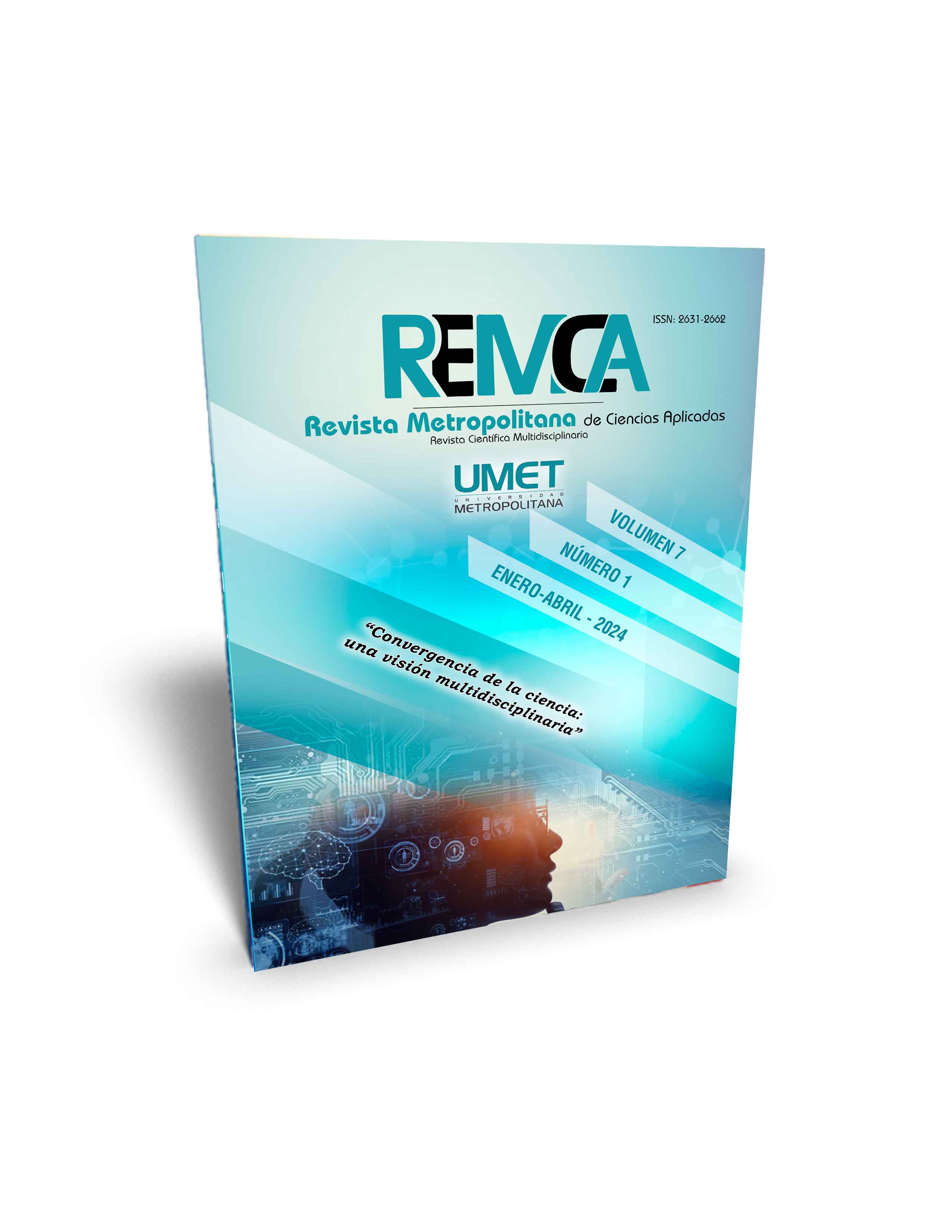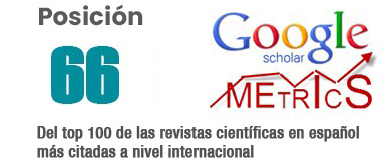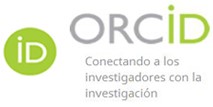Strategies for socialization in children with autism spectrum disorder at home and in the classroom
DOI:
https://doi.org/10.62452/vmtykw65Keywords:
Communication, socialization, strategies, techniquesAbstract
This essay focuses on describing and explaining how socialization was achieved in elementary school students with TEA, it is known is a disorder that causes alterations in language, communication, social interaction and thought forms, so the biopsychosocial development of children is affected; The subjects described in this essay have a series of antecedents on the poor development of socialization, in order to solve this problem, the objective of being able to create or replicate existing strategies for the development of communication and therefore, socialization, arose. carried out a methodology that consisted of conducting a bibliographic review to determine what strategies and techniques are used for this purpose. The results found were a series of strategies and techniques of multiple uses, which begins with physical and psychological actions to begin processes of communication, integration and group coexistence. The conclusions obtained were the achievement and progress of the communication guidelines, which also led to the development of socialization and coexistence with their peers.
Downloads
References
Barrios, S. (2016). Uso de estrategias visuales para promover la autonomía persona de las personas con TEA desde la terapia ocupacional. Autismo Diario. https://autismodiario.com/2013/01/17/uso-de-estrategias-visuales-para-promover-la-autonomia-personal-de-las-personas-con-tea-desde-terapia-ocupacional/
Brasil, C. (2016). ¿Qué son los SAAC? Portal Aragonés de la comunicación aumentativa y alternativa. Unitat de Tècniques Augmentatives de Comunicación. https://aulaabierta.arasaac.org/wp-content/uploads/2017/04/que_son_los_saac.pdf
Córdova Rodríguez, S. V. (2011). Eficacia del sistema PECS para la superación de las limitaciones comunicaciones y de lenguaje en personas con diagnóstico de autismo. (Trabajo de grado). Universidad Central del ecuador.
Delgados, C. (2016). Mi comunicador de Pictogramas. Editorial CEAPAT.
García, E., & Jorreto, R. (2016). Síndrome de asperger: un enfoque multidisciplinar. (Ponencia). Primera Jornada Científico- Sanitaria. Sevilla, España.
López, A. (2002). ¿Podría haber tenido Einstein autismo? https://www.elmundo.es/elmundosalud/2003/05/16/pediatria/1053088775.html
Sakai, K. (2005). Finding Our Way: Practical Solutions for Creating a Supportive Home and Community for the Asperger Syndrome Family. Autism Asperger Publishing Com.
Downloads
Published
Issue
Section
License
Copyright (c) 2024 Oscar José Martín-Pinto (Autor/a)

This work is licensed under a Creative Commons Attribution-NonCommercial-ShareAlike 4.0 International License.
Authors who publish in Revista Metropolitana de Ciencias Aplicadas (REMCA), agree to the following terms:
1. Copyright
Authors retain unrestricted copyright to their work. Authors grant the journal the right of first publication. To this end, they assign the journal non-exclusive exploitation rights (reproduction, distribution, public communication, and transformation). Authors may enter into additional agreements for the non-exclusive distribution of the version of the work published in the journal, provided that acknowledgment of its initial publication in this journal is given.
© The authors.
2. License
The articles are published in the journal under the Creative Commons Attribution-NonCommercial-ShareAlike 4.0 International License (CC BY-NC-SA 4.0). The terms can be found at: https://creativecommons.org/licenses/by-nc-sa/4.0/deed.en
This license allows:
- Sharing: Copying and redistributing the material in any medium or format.
- Adapting: Remixing, transforming, and building upon the material.
Under the following terms:
- Attribution: You must give appropriate credit, provide a link to the license, and indicate if any changes were made. You may do this in any reasonable manner, but not in any way that suggests the licensor endorses or sponsors your use.
- NonCommercial: You may not use the material for commercial purposes.
- ShareAlike: If you remix, transform, or build upon the material, you must distribute your creation under the same license as the original work.
There are no additional restrictions. You may not apply legal terms or technological measures that legally restrict others from doing anything the license permits.




